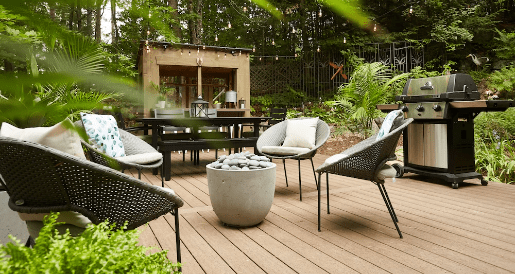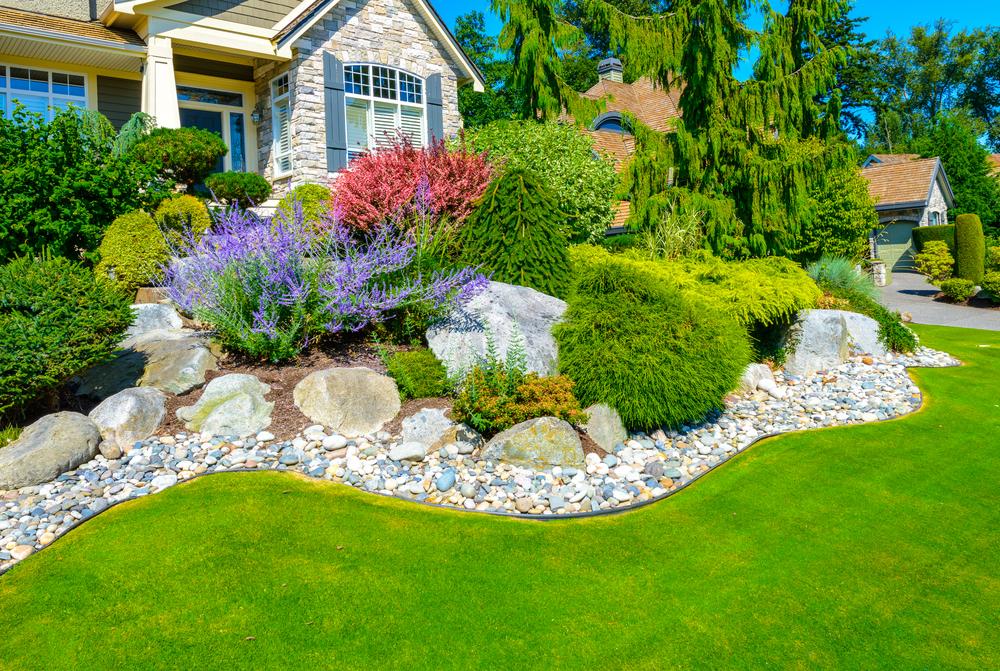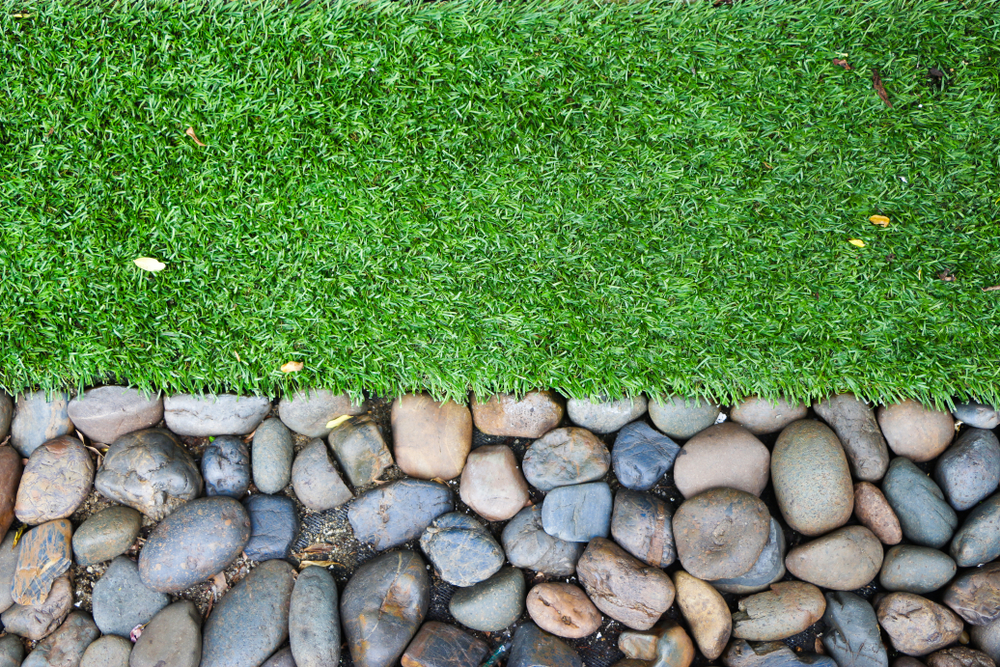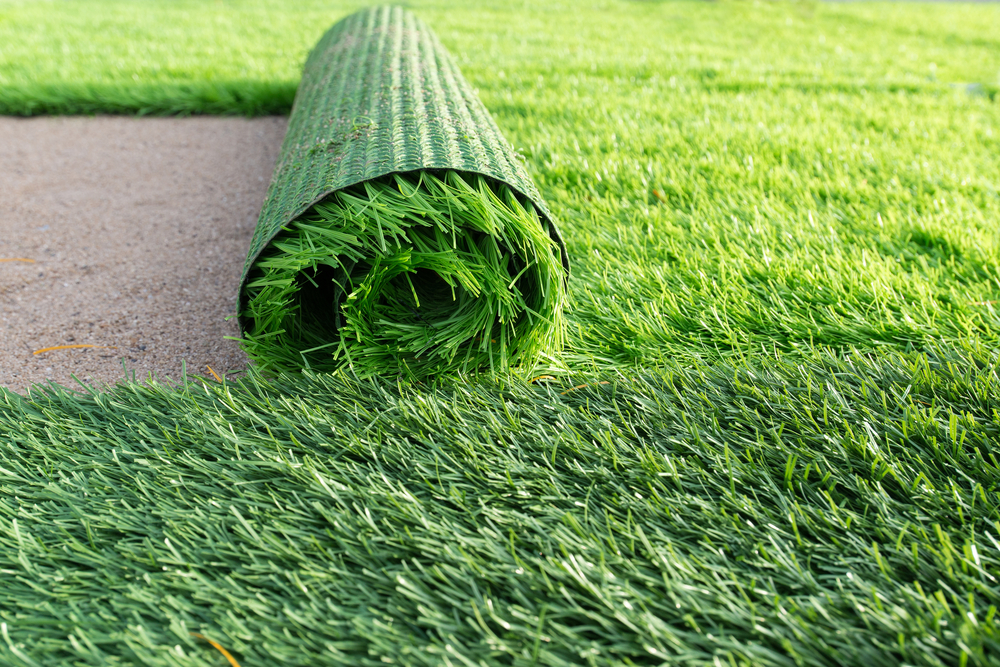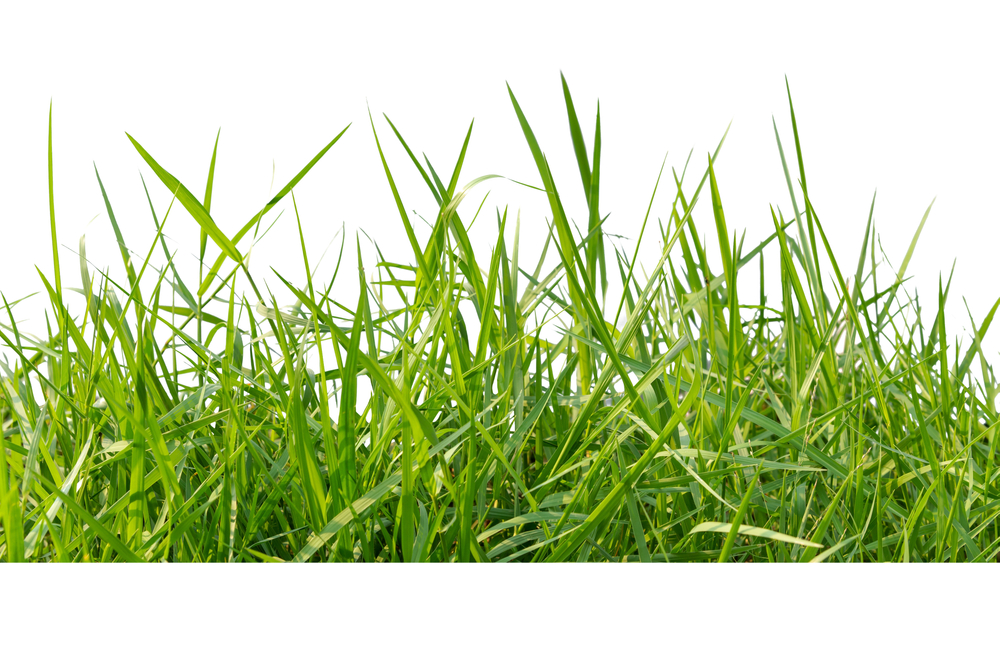 Most Common Artificial Grass Materials and Their Pros and Cons
Most Common Artificial Grass Materials and Their Pros and Cons
Artificial grass is made from numerous materials, but knowing the right one can be tough. This will discuss the most common materials in detail while also covering their pros and cons.
Polypropylene Artificial Grass
Polypropylene artificial grass is commonly found indoors and on golf courses, but it can also be used for your yard as well. This material creates very fine texture turf grass that is soft and pliable. Very comfortable on your feet, it’s commonly used indoors.
Another benefit is that it creates a soft and consistent roll for golf balls. Golfers prefer this material because it doesn’t provide the extra resistance commonly found in natural grass or the other materials.
The last major benefit is cost. This is one of the most affordable materials. You can easily place this grass all over your yard for a fraction of the price of other materials. Be sure to pay attention to the cons though, because this low cost comes with some caveats.
Now the cons. While this material is very affordable, it is unfortunately not very durable. This material is prone to becoming damaged by high winds and weather. This is also due to the softer texture. The blades can easily break even from normal foot traffic.
Even though this grass is good for golf courses, playing other sports on it can be bad for the grass. Games like soccer, football, baseball and anything with running can quickly damage the grass blades.
Polyethylene
This is considered a mid-tier artificial turf in Las Vegas or anywhere else because it has a higher cost and better benefits than polypropylene, but it’s not quite as good as the next option.
One of the major benefits is that polyethylene looks and feels like real grass. If you want your turf in Las Vegas to look real, then this might be the right material for you. It’s one of the most natural artificial grass materials. It even replicates the soft green color that grass is known for.
This material is commonly used in football and soccer stadiums because it is easy to install, is able to withstand weather and foot traffic, and provides similar resistance to real grass. If you intend on having lots of foot traffic, then you may want to use a reinforced base.
Another huge benefit is that this Las Vegas turf doesn’t require any maintenance. Whether it’s raining, sunny, snowing or anything else, this grass should remain exactly the same for many years.
There aren’t any major cons to this material, but the one drawback is that it isn’t as durable as the next material. While it looks very natural and doesn’t need maintenance, the blades can break like real grass. The problem is that the blades won’t grow back, so the turf will need to be replaced after many years.
Nylon
Nylon is considered one of the best materials for artificial turf because it’s the most durable and resilient option. Unlike the other materials that may not bounce back after high foot traffic, nylon will retain its shape. The blades will eventually return to their normal shape even after being trampled.
Nylon is extremely durable. Not only does it resist foot traffic, but it’s the most durable against intense and direct sunlight. This can hold high heat without bending, deforming or changing at all. It also looks very natural. Many nylon grasses perfectly replicate the green color found in natural grass. It’s even good with Las Vegas paver installation as it’s easy to place pavers along the material.
There are a couple of drawbacks though. As the most durable material, this also happens to be the most expensive. You will be paying a lot even for low-quality nylon grass. While it might be worth it as this grass tends to last longer, you will still likely pay more per year when compared to the other materials.
While nylon looks natural, it doesn’t feel natural. The high durability comes at the cost of making each blade feel coarse and rough. It’s fine for playing sports, but sliding along the grass might be a little painful. The illusion of realism is ruined after touching the grass.
Synthetic
Synthetic is a catch-all term that refers to any combination of the three above materials. The most common synthetic combination tends to be polyethylene and polypropylene. This gives you a very natural looking and feeling grass, but at a lower price point. At the same time, some of the durability is compromised due to the inclusion of polypropylene, but the polyethylene grass should keep it stable.
Nylon is also sometimes used in synthetic combinations. For example, nylon and polyethylene is sometimes used together as it gives the grass a very natural look, improves the texture and even decreases the price somewhat. At the same time, you are losing a bit of durability as nylon is stronger than polyethylene.
The benefit is that you’re often getting the benefits of both materials. For example, you can have both improved durability and texture without having the grass be too soft or rough. As you saw above, each material has its own pros and cons. This allows you to mix and match them to perfectly suit your needs.
At the same time, you also get the drawbacks of both materials. For example, the polyethylene and polypropylene tend to lack durability and the blades can break in inconsistent patterns. This leaves you with a yard where the grass blades are breaking from normal foot traffic.
Backing Materials
You should also consider the backing material when choosing artificial grass. There is the primary backing and secondary backing. The primary backing is what the blades are woven in. This is commonly either polyester or polypropylene. Polyester tends be to better at holding the grass in place while polypropylene is better at weather protection, but it’s easy to use both at once.
The secondary backing is what is actually laid on the ground and this comes in either latex or polyurethane. Latex is very solid and durable, and it’s the more affordable of the two. At the same time, it tends to have less longevity. Polyurethane is more durable and should last longer. The major problem is that it’s more expensive.
Just like with the primary backing, the secondary backing can combine both materials for the best benefits of both. This allows you to get very solid protection at a discounted price.

